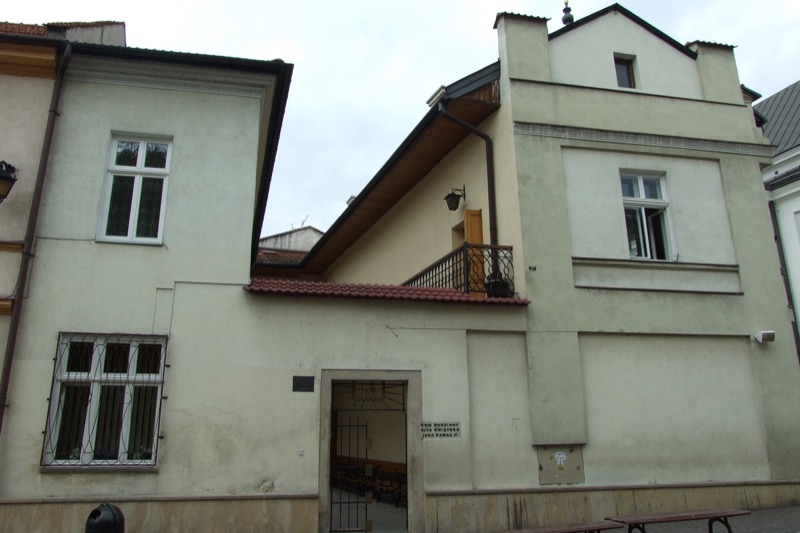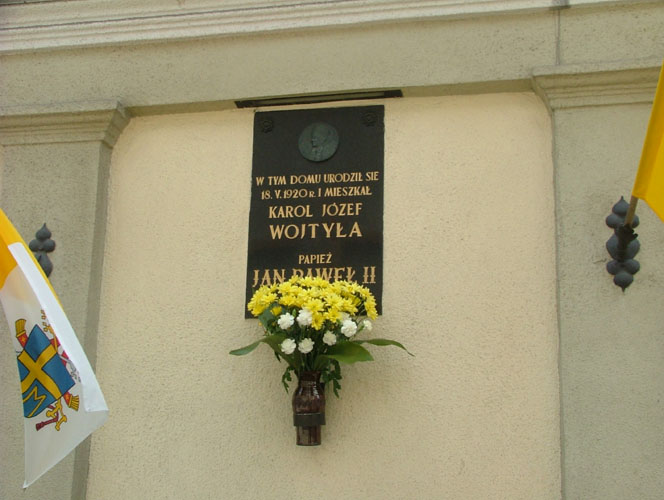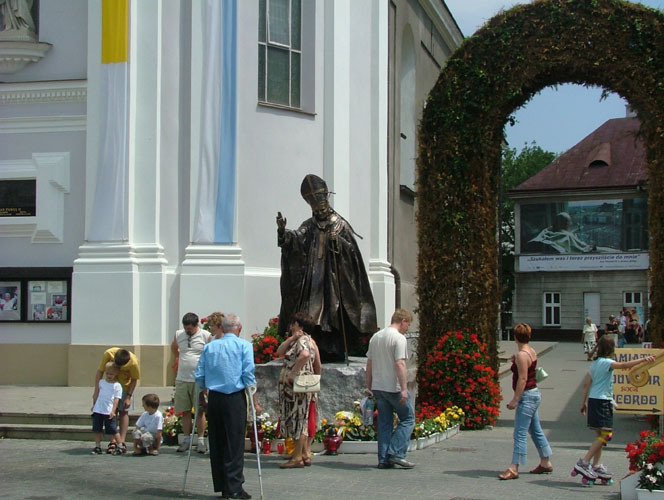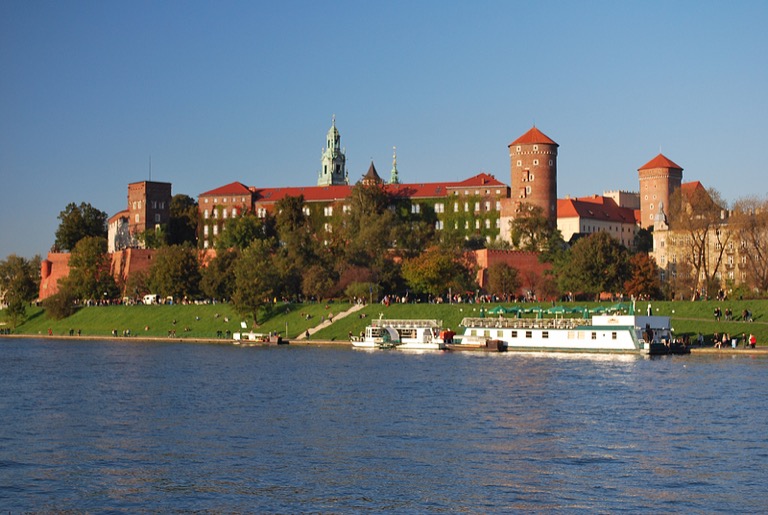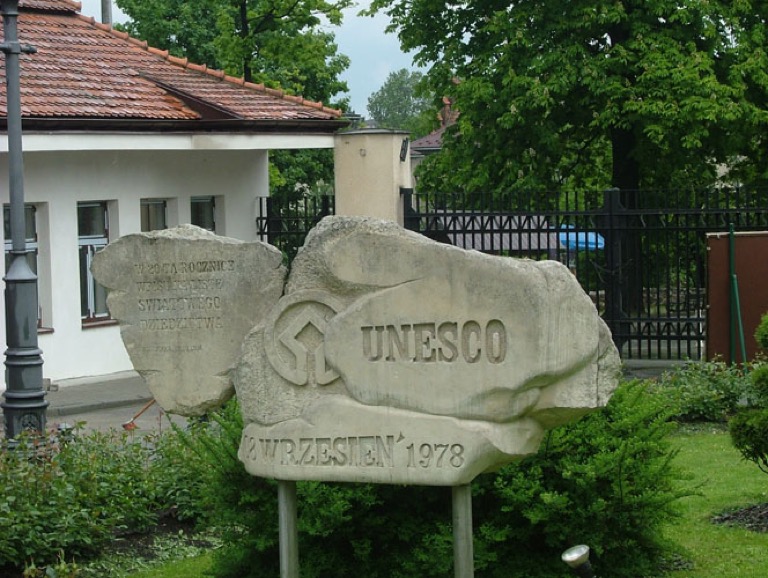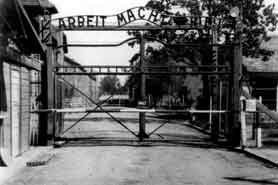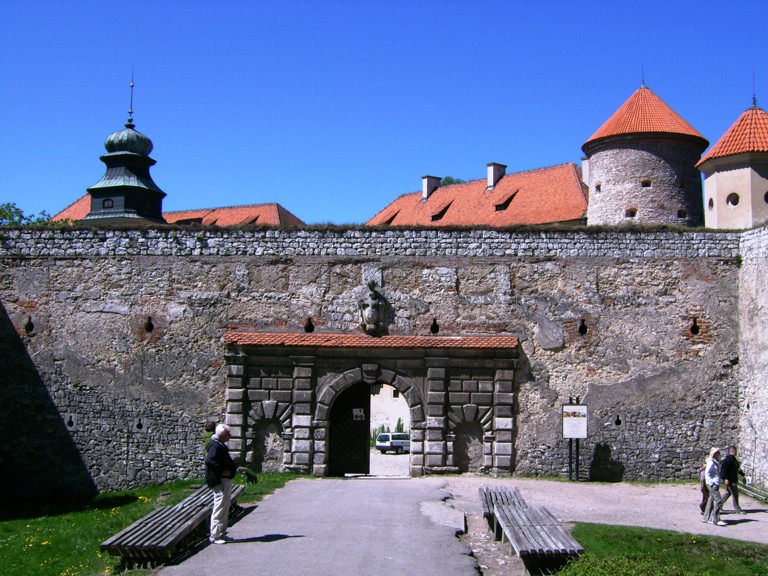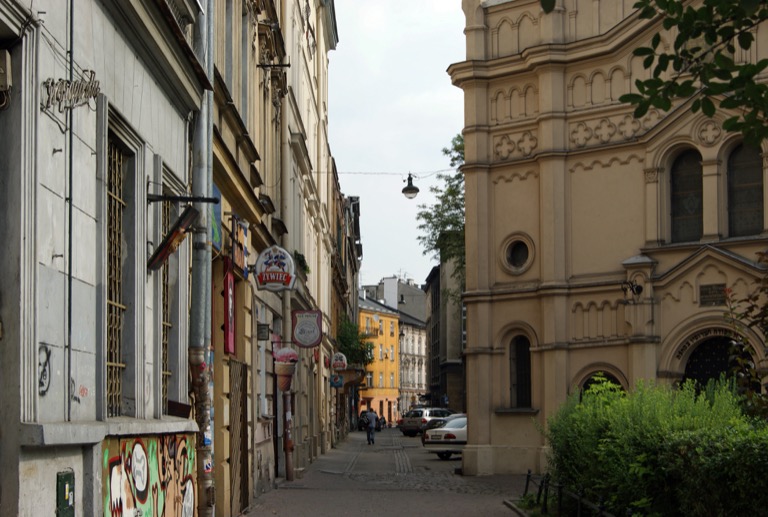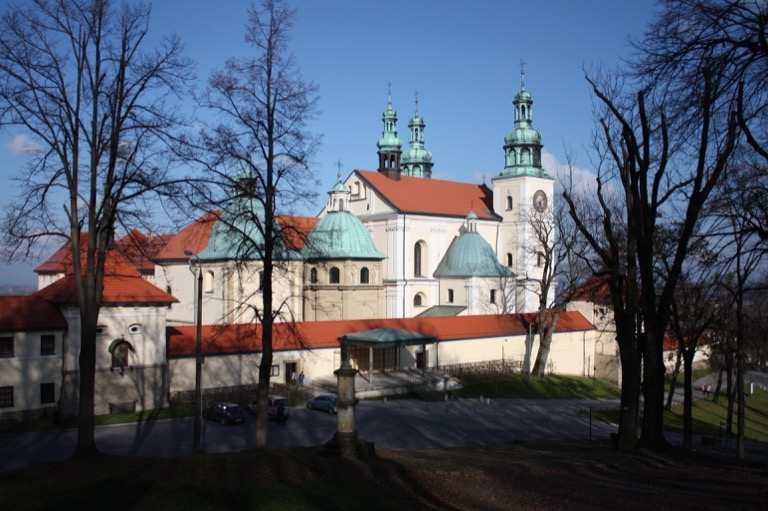Since Cracow has not been destroyed during World War II, it became one of the first cities listed by UNESCO on World Heritage List in 1978. In Cracow you will see the city fortifications dating back to 13th century, Barbican fortress (1499),and walk by the Opera House to the most beautiful renaissance Market Square in Europe established in 1257.
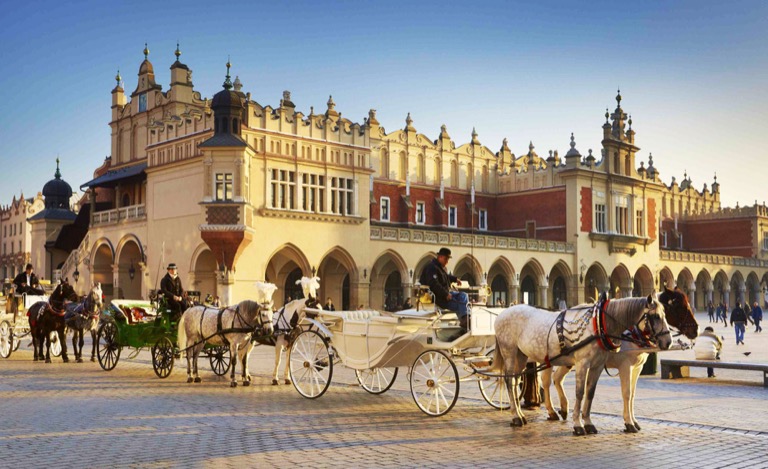
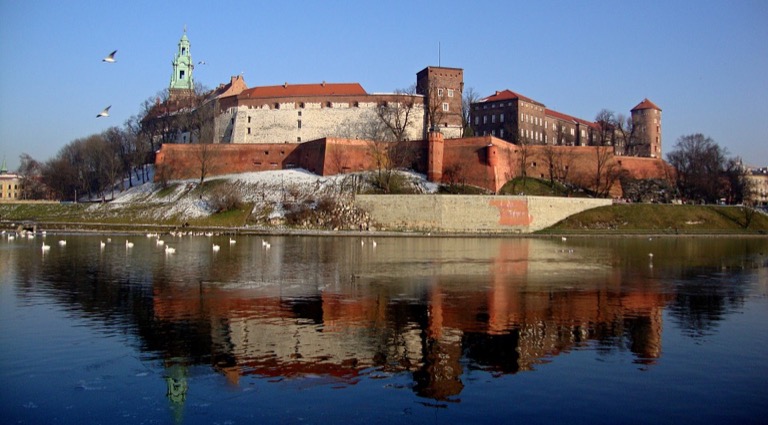
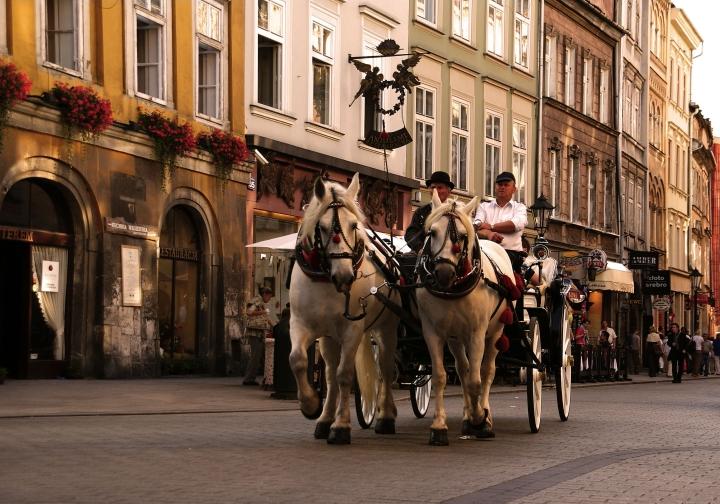
Then, walk by the buildings of the Jagiellonian University, including the world famous Collegium Maius ( where Copernicus was a student) and continue to the Wawel Castle (the former residence of the Polish Kings) where one can visit the Royal Chambers (with the most beautiful collection of Flemish Tapestries), and the Wawel Cathedral (coronation and burial place of the Polish kings). In the Market Square you should visit St. Mary's Church (fearuring the biggest wooden Gothic altar in the world).
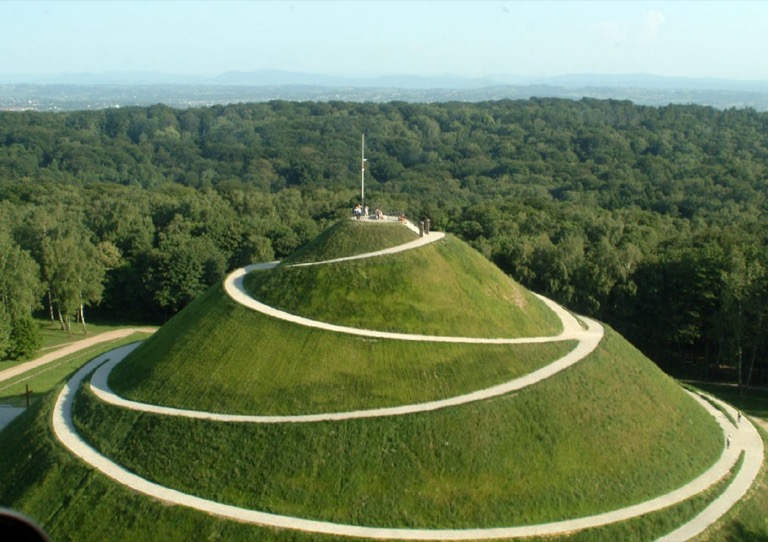

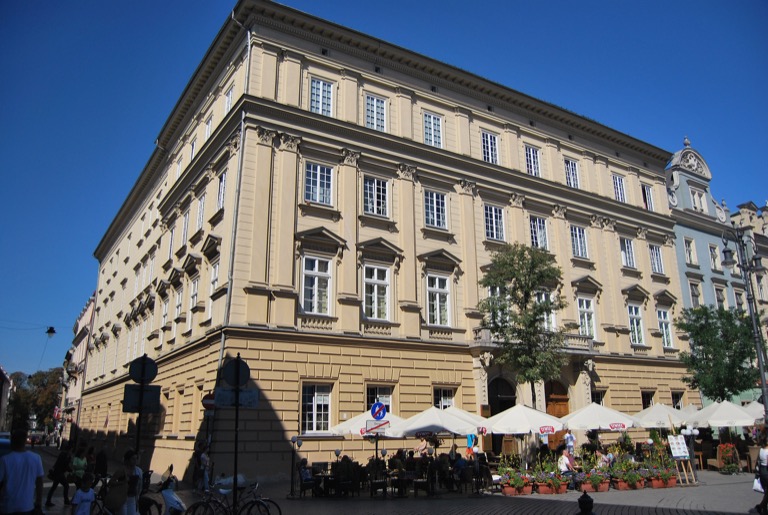
Sanctuary of Devine Mercy in Łagiewniki. The Devine Mercy Shrine in Łagiewniki is where St. Faustina worked and died. Her pious life and visions of Christ revived the Cult of the Devine Mercy. Her relics draw hundreds of thousands of pilgrims from the entire world. Sister Faustina Kowalska was canonized by John Paul II in year 2000.

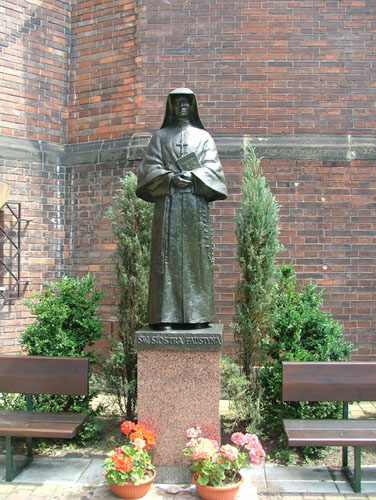
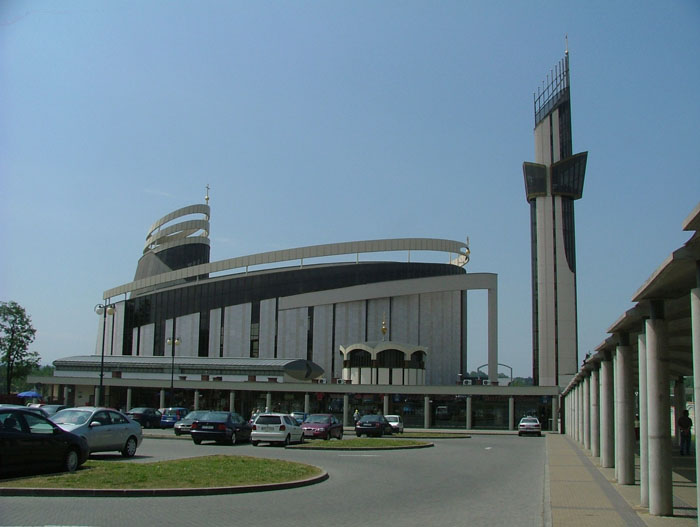
Nowa Huta After collapse of the communist system more and more people decide to visit the "ideal socialist town" of Nowa Huta. In the 50' the communist government of Poland decided to balance the intelligentsia of Cracow with the working class - "the proletariat". On the outskirts of the beautiful, historical city of Cracow, the communist built the biggest metallurgic plant in Poland and surrounded it with all the necessary infrastructure, but churches, since religion was to vanish. Today you can see the layout of the socialist town with many churches built by the people who never gave up their religion.

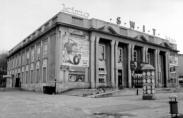
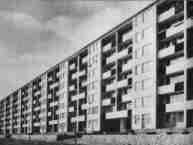
The Salt Mine in Wieliczka is one of the highlights of Poland and Europe. Since 1978 it is on UNESCO's World Heritage List. The group will visit the most beautiful three levels of the oldest working salt mine in the world, where the stalls have been wonderfully decorated with salt carvings over several centuries.
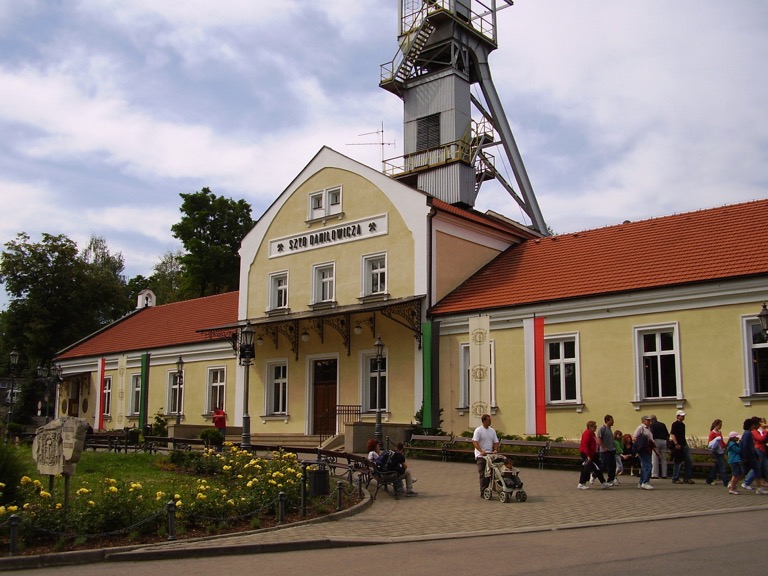
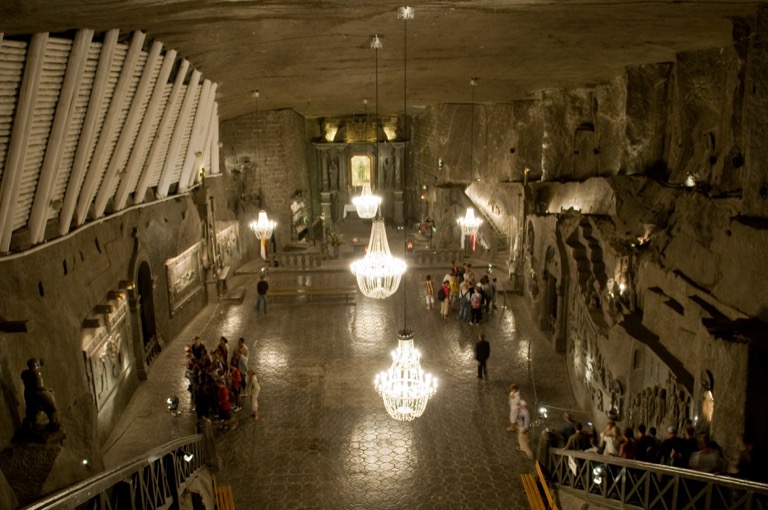
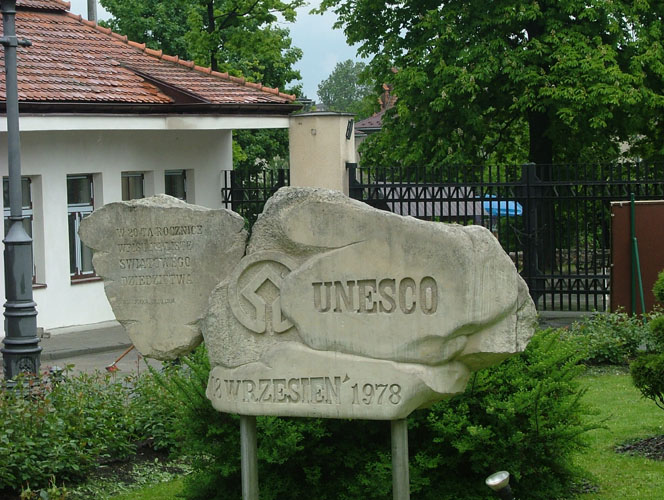
During the underground fascinating tour the group will see old salt mining machinery, monuments, statues, salt chapels, and an underground church carved in salt. They will pass by several salt lakes. After a two-hour tour during which you inhale salubrious air at a temperature of 14 C, an elevator takes you back to the surface.
All over the world, Auschwitz has become a symbol of terror, genocide, and the Holocaust. It was established by the Nazis in 1940, in the suburbs of the city of Oswiecim which, like other parts of Poland, was occupied by the Germans during the Second World War. The site was added to the UNESCO World Heritage List in 1979.
The tour begins with a 15-minute documentary film about the liberation of the camp, then museum-guide shows you exhibitions in some of the surviving prison blocks, the gas chamber and the crematorium (2 h.) Then the coach takes you to visit Auschwitz II (Birkenau), where the Nazis exterminated over 1 million people.

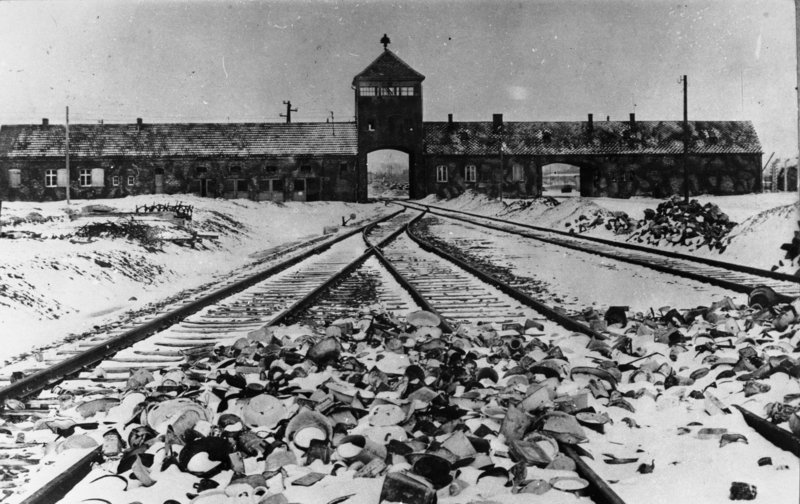
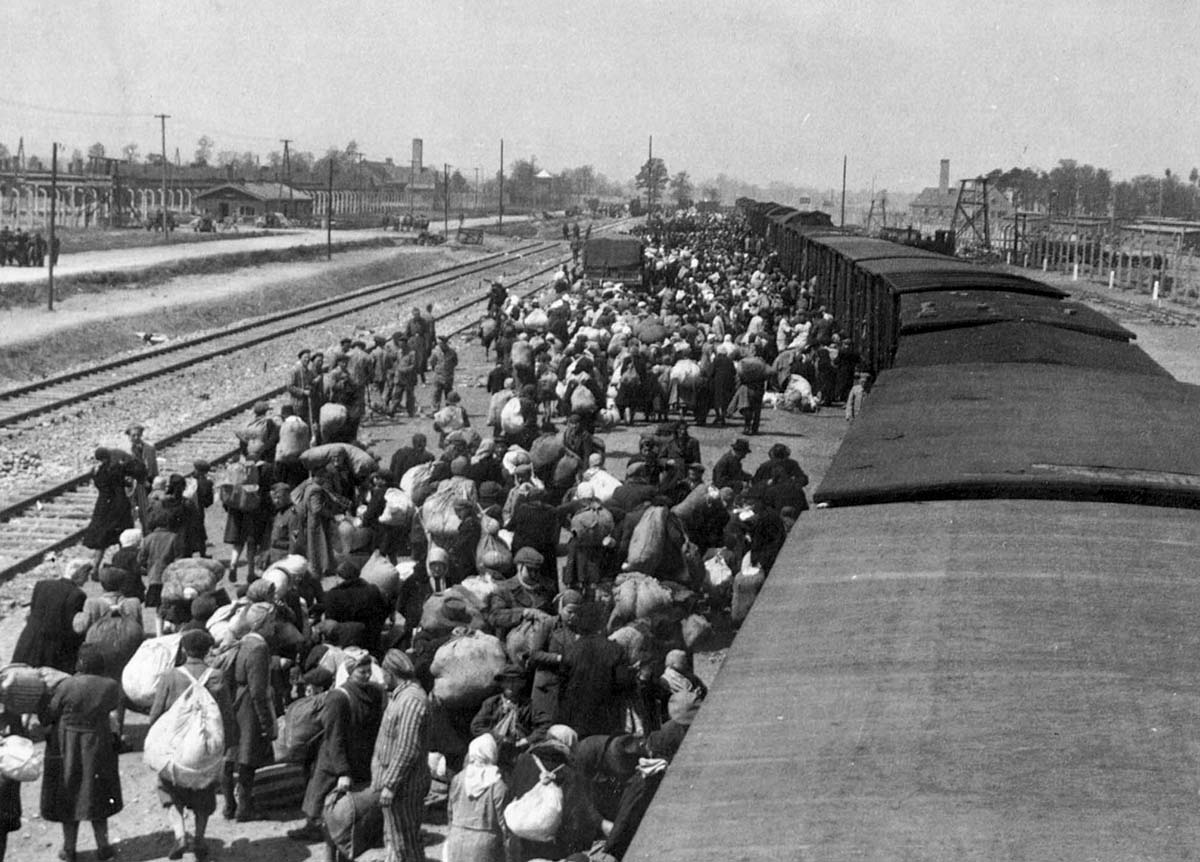
On the way to Zakopane you will admire wonderful landscapes, rolling hills and farmland. After an hour and a half drive, you will visit a historical log cabin village Chocholow, which looks like an open-air museum , but is inhabited by highlanders.
While in Zakopane you will visit some wooden churches, the market, where you can buy souvenirs, and have lunch in a regional restaurant. After lunch a mountain cable-car will take you up the Gubalowka Mountain from which you can admire the beauty of the High Tatra Mountains.

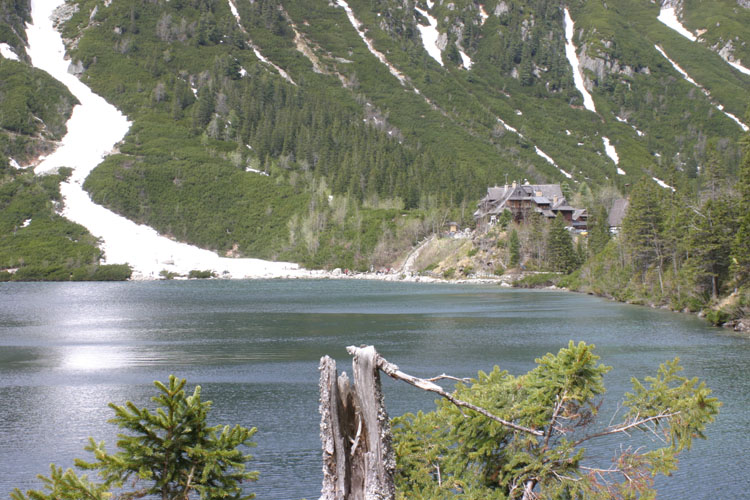
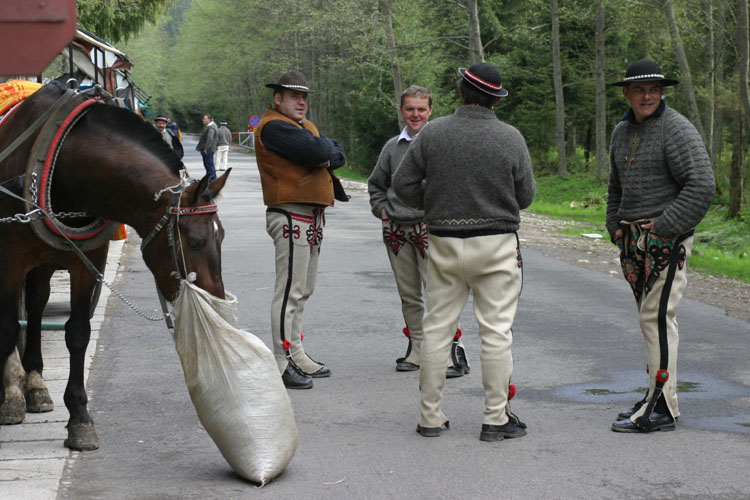
The Monastery of Jasna Góra in Częstochowa, is Poland's national shrine. The monastery is regarded "the religious capital of Poland". The Black Madonna icon has drawn pilgrims from all around the world for centuries.
Among Rome, Lourdes and Mecca, Częstochowa is one of the most important pilgrimage destinations of the world. Apart from the Chapel housing the Miraculous Icon you can visit, a beautiful baroque Basilica, the 600th Anniversary Museum and the breathtaking Treasury.

In the first half of the 14th century King Casimir the Great ordered here the erection of a castle intended as a part of the whole defence system created by the strongholds guarding the Polish-Silesian border. The castle also protected the important trade route connecting Cracow with Wrocław. From the end of the 14th century it was a residence of some Polish aristocratic families. The first private owners of Pieskowa Skała were members of the Szafraniec family, who rebuilt and enlarged the castle. In the 14th century they built the lower castle with 2 cylindrical towers on the steeply sloping east side, and in the 16th century they modernized this part of the building, creating a Renaissance arcaded courtyard in the north-Italian style, with sculptural decoration (gallery of masks and shields with coats of arms) of a Netherlandish character.
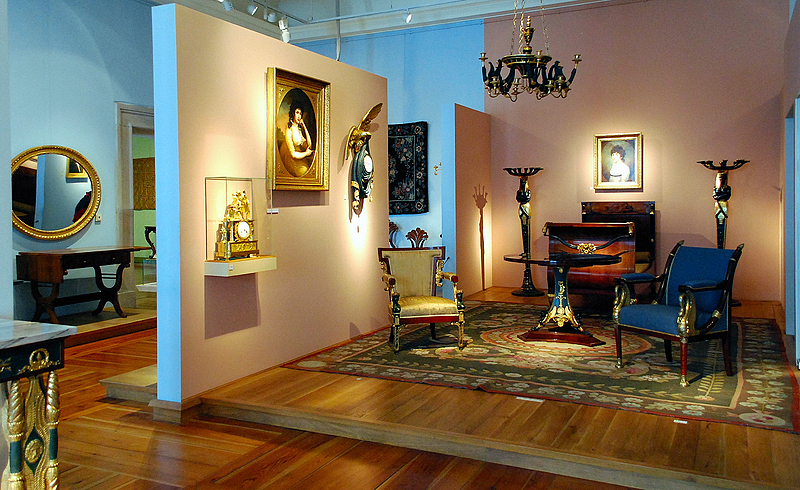
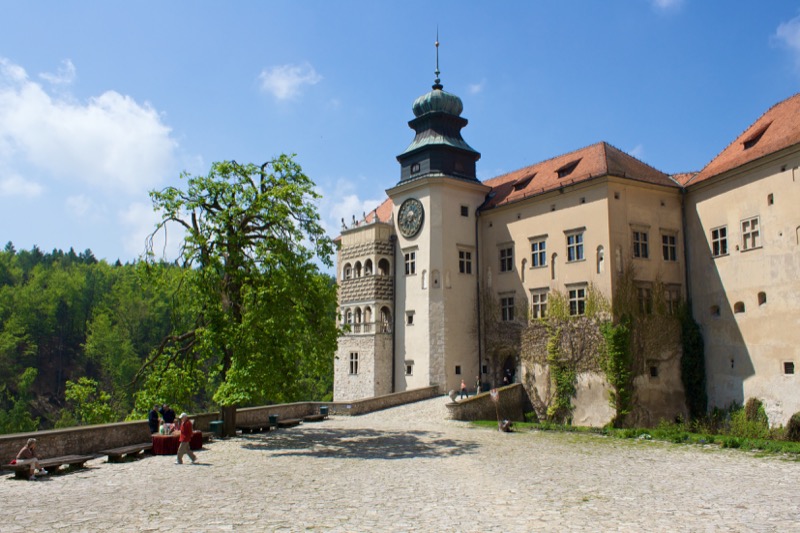
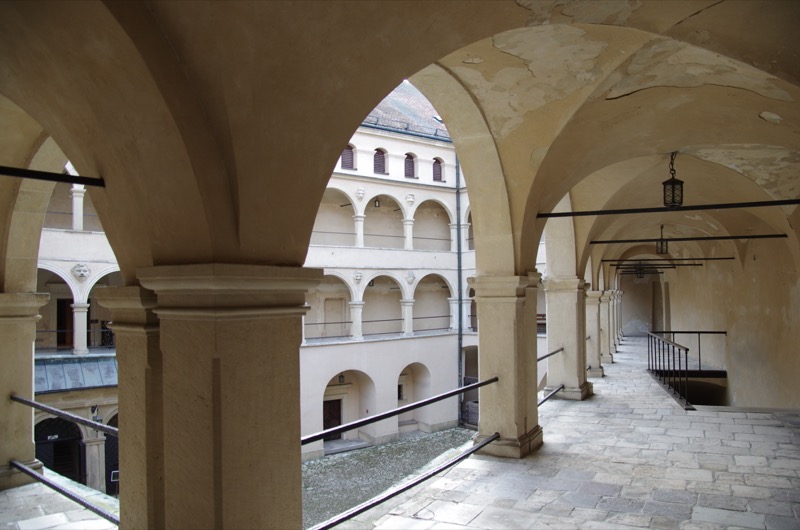
In the 17th century Michał Zebrzydowski ordered new defences closing the outer court to be erected. In the 18th century, when the castle was the property of the Wielopolski family, Pieskowa Skała was a famous hunting site. In the time of the partition of Poland Pieskowa Skała became a favourite place for excursions and was called the Museum of Poland. In the last years of the 19th century the neglected castle was rescued by a group of people from Warsaw who organized a pension there. After World War II the Pieskowa Skała castle was nationalised, restored under the direction of Professor Alfred Majewski, and in 1970 opened as a museum - a department of the Royal Wawel Castle in Cracow.
Floating down the Dunajec river through the Pieniny Gorge and along the Polish - Slovakian border, on a wooden raft pushed by the Highlanders, is one of the greatest tourist attractions in Poland. The picturesque mountain scenery of the surrounding National Park with towering cliffs and limestone rock formations guarantee a wonderful experience during the trip. It is also possible to visit Niedzica castle dominating the river.
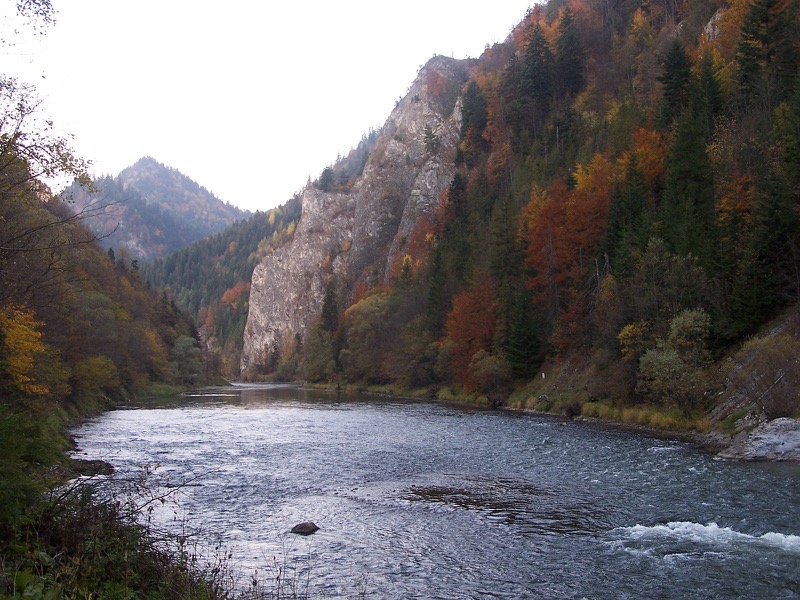


Poland for centuries had been the home and asylum for millions of Jews. The Jewish life, which for six hundred years was thriving in Kazimierz, was terminated by the Nazis during World War II in the Ghetto and concentration camps like Płaszów.
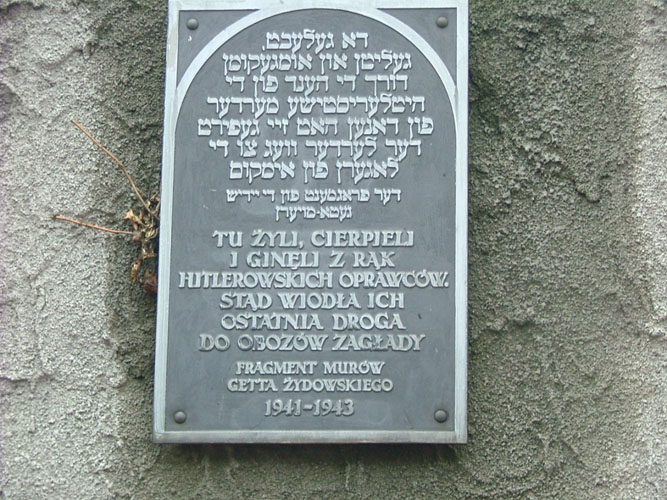
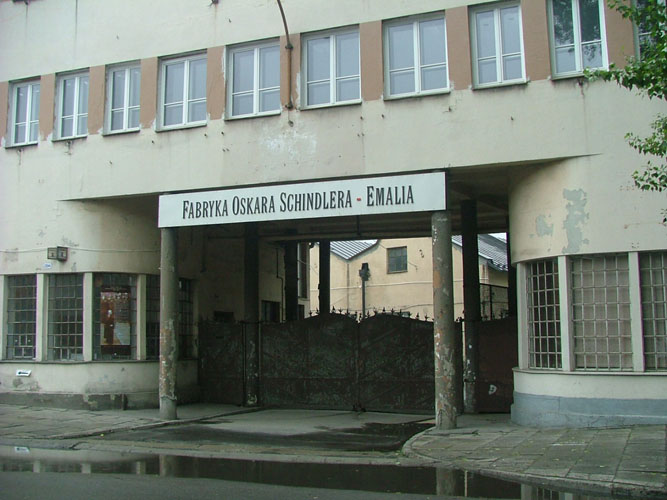

In the area of Kazimierz, located by King Casimirus the Great in 1335, you can see and visit several Synagogues. In Podgórze, where the Nazis located the Jewish Ghetto, one can see the remnants of the Ghetto wall, the Oskar Schindler's Factory and the famous pharmacy "Pod Orłem". In Płaszów where thousands of Polish and Hungarian Jews were murdered, only monuments commemorate their martyrdom. We also prepare special programs for religious groups and the people searching for their roots!

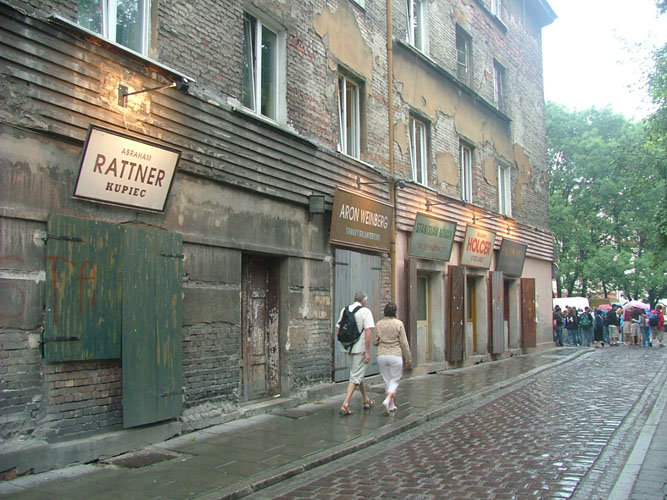

The Shrine of Kalwaria Zebrzydowska is one of the most often visited pilgrimage places in Poland. More than a million pilgrims arrive here every year. The Sanctuary in Kalwaria is situated on the slopes of Lanckorona and Zar mouintains, 44 km from Cracow.
The whole complex resembles holy places in Jerusalem by its topographic and architectural composition. The Sanctuary comprises a baroque basilica of Our Lady of the Angels a Franciscan monastery, and a group of churches and chapels in baroque and mannerist style located on the area of 6 square kilometers introduced into a picturesque landscape of the Beskidy mountains.
To be visited together with nearby Wadowice , the birth place of the Polish Pope John Paul II.
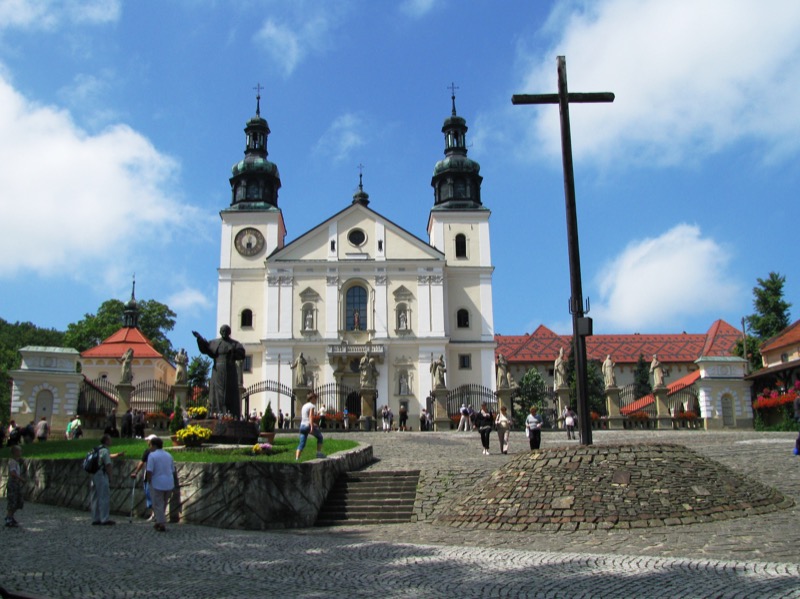
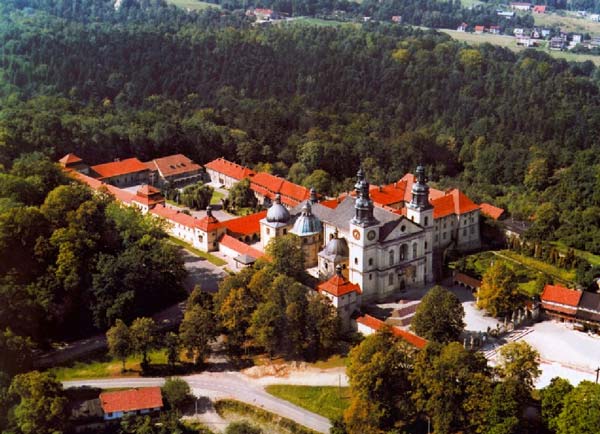
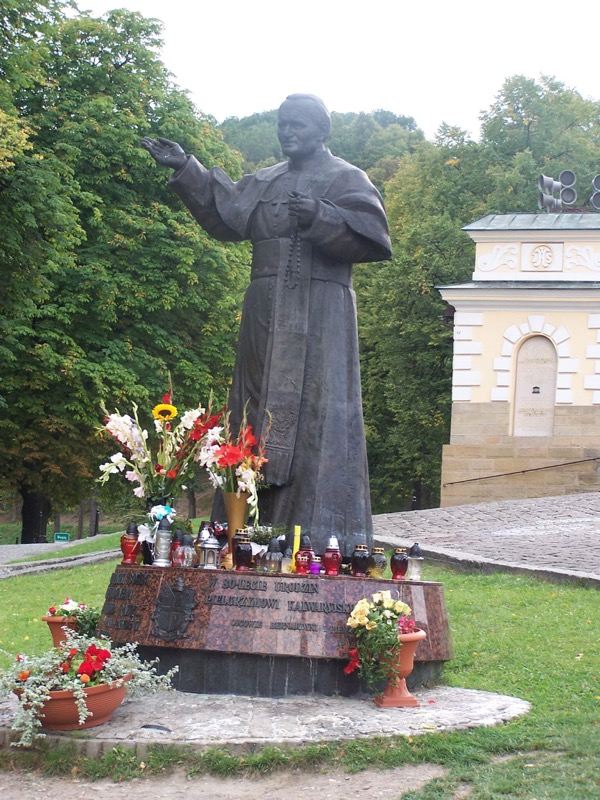
A beautiful small town, which became famous, as the birth place of Karol Wojtyla - the Pope John Paul II. In Wadowice you will visit a museum located in the apartment where on May 18, 1920 Karol Wojtyla, the future Pope John Paul II was born.
In the museum you will see many pictures, documents and artifacts connected with His life and pontificate. In the nearby church you will see the baptismal fountain where little Karol was baptized on June 20, 1920.
